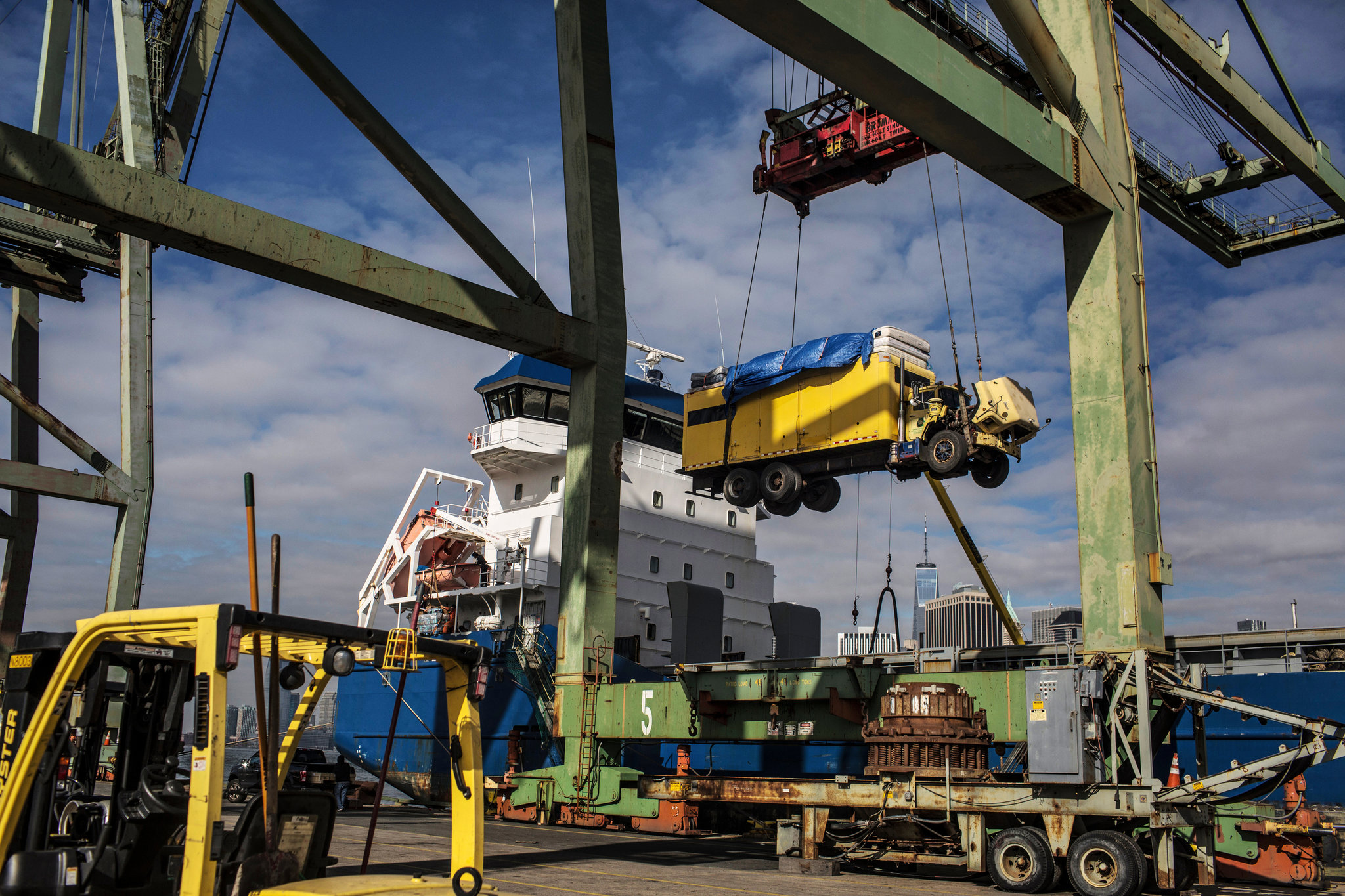
Palletizing systems represent a critical component in modern logistics and manufacturing operations, facilitating the efficient arrangement of goods onto pallets for storage and transportation. Understanding the intricate design and functionality of these systems provides insights into their role in optimizing warehouse efficiency and streamlining supply chain processes. Let’s explore the anatomy of palletizing systems to grasp their essential components and operational mechanisms.
Conveyor Systems: The Backbone of Palletization
At the heart of palletizing system are conveyor systems, which serve as the backbone for material handling and transportation. These systems consist of a network of belts, rollers, or chains that move products along designated paths within the facility. Conveyors ensure a continuous flow of goods from production lines to palletizing stations, enabling seamless integration and efficient throughput in warehouse operations.
Robotic Arms or Grippers: Precision Handling
Robotic arms or grippers are pivotal components of palletizing systems, responsible for the precise handling and placement of products onto pallets. Equipped with advanced sensors and actuators, these robotic devices can grasp, lift, and position items with exceptional accuracy and dexterity. Whether it’s stacking boxes, bags, or irregular-shaped items, robotic arms ensure efficient palletization while minimizing errors and damage to goods.
Pallet Dispensers and Positioners: Optimizing Pallet Handling
Pallet dispensers and positioners are integral to palletizing systems, automating the supply and positioning of pallets for loading. Pallet dispensers store and release pallets as needed, while positioners precisely align pallets with conveyor lines or robotic arms for seamless transfer of goods. These components eliminate manual handling of pallets, reducing labor costs and enhancing operational efficiency in palletization processes.
Control Systems and Software: Orchestrating Operations
Control systems and software serve as the brains behind palletizing systems, orchestrating various components and processes to ensure optimal performance. These systems oversee conveyor movement, robotic operations, pallet handling, and synchronization with warehouse management systems. Advanced algorithms and programming enable real-time monitoring, adjustment, and optimization of palletization activities, enhancing overall efficiency and productivity.
Safety Features: Ensuring Workplace Safety
Safety is paramount in palletizing systems, and robust safety features are incorporated to protect personnel and equipment. Safety sensors, emergency stop buttons, and protective barriers prevent accidents and injuries during machine operation. Additionally, built-in fail-safe mechanisms and overload protection ensure the safe handling of goods and equipment, minimizing the risk of damage or disruption to operations.
Maintenance and Monitoring Systems: Ensuring Reliability
To maintain optimal performance and reliability, palletizing systems are equipped with maintenance and monitoring systems. These systems track equipment status, detect anomalies, and schedule preventive maintenance tasks to minimize downtime and prolong the lifespan of components. Regular inspections, lubrication, and calibration ensure that palletizing systems operate at peak efficiency, contributing to uninterrupted warehouse operations.
In conclusion, the anatomy of palletizing systems comprises various components and functionalities designed to optimize efficiency, accuracy, and safety in warehouse palletization processes. By leveraging conveyor systems, robotic technology, pallet handling equipment, control systems, safety features, and maintenance protocols, these systems play a pivotal role in building better logistics and supply chain systems for enhanced productivity and competitiveness.





